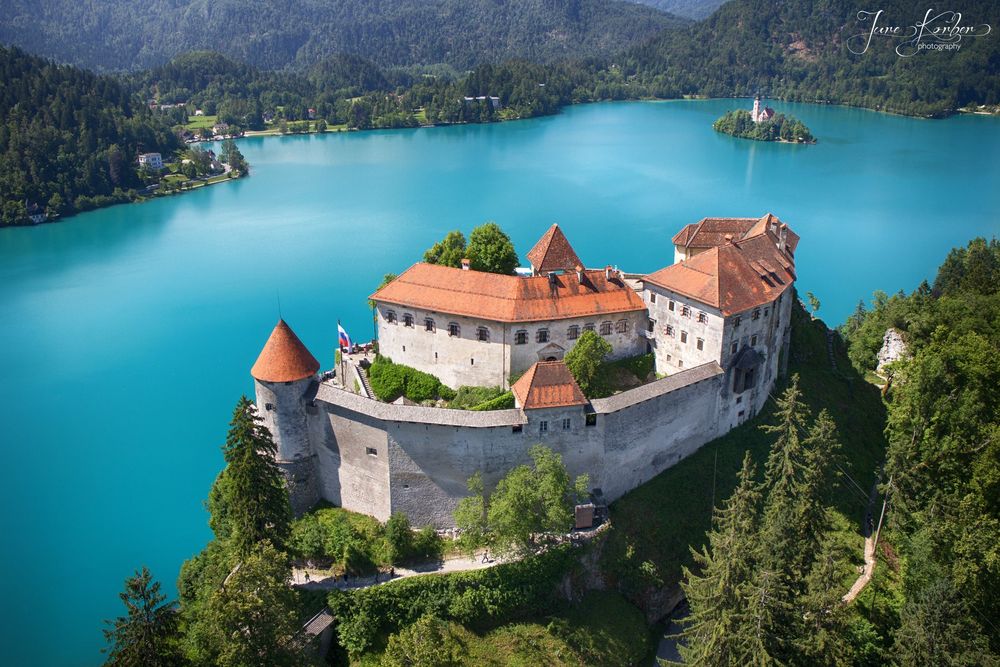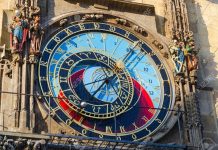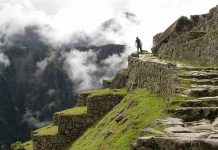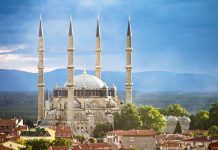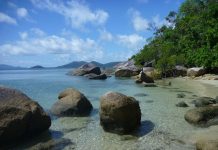On the dominant rocky edge above Bled Lake stands one of the oldest medieval fortresses in Slovenia. As the residence of the Bishops of Bixen, it was mentioned already in 1004, and the castle itself in 1011. In 1858, after centuries of dominion, the Bishops sold their property to the industrial Ruard. Later the castle came under the ownership of the ban’s domain, and since 1999 its owner has been the state.
Around the preserved Roman nucleus of the building the outer Renaissance defence walls from the 16th century prevail with cylindrical towers and cone-shaped brick roofs. Visitors ascend a steep paved path, cross a wooden drawbridge and pass through several fortified walls to the lower courtyard with a fountain and the upper with the chapel. The chapel, with its Gothic exterior pillars on the upper terrace of the castle, was designed no earlier than the 16th century. The castle was remodelled after a fire in 1622, rebuilt first after an earthquake in 1690 and thoroughly after a fire at the end of World War II.
The drawbridge was reconstructed, the outer defence wall, the lower courtyard with its older residential nucleus and the reconstructed well were arranged, and the upper viewing terrace with several access staircases was formed. From the terraces there are magnificent views towards the Julian Alps, the lake and the island below the castle in the direction of the Karavanke. The upper residential buildings, which have been converted into a museum, carry the seal of the 18th century. There is a late Baroque painting in the chapel of St. Albuin and Ingenuin.
It was refurbished in its entirety in the years 1951-1961 by the architect Anton Bitenc, who did exemplary and thorough work for that time. He arranged accesses, paving, the above-mentioned viewing terrace and restaurant premises. The castle was given painted wooden shutters, individual entrances were renovated, and staircases in the style of Plecnik and interesting fittings were added. Experts from the National Museum arranged a smaller collection of the history of Bled and interior design of past centuries in the most representational rooms by the upper terrace.
The castle is arranged for tourist visits. Sometimes the modest restaurant in it is open and the wine shop is open by appointment, as well as an imitation of a small Renaissance printing house and a souvenir shop. The museum collection in the residence building by the chapel is still being completed.





















